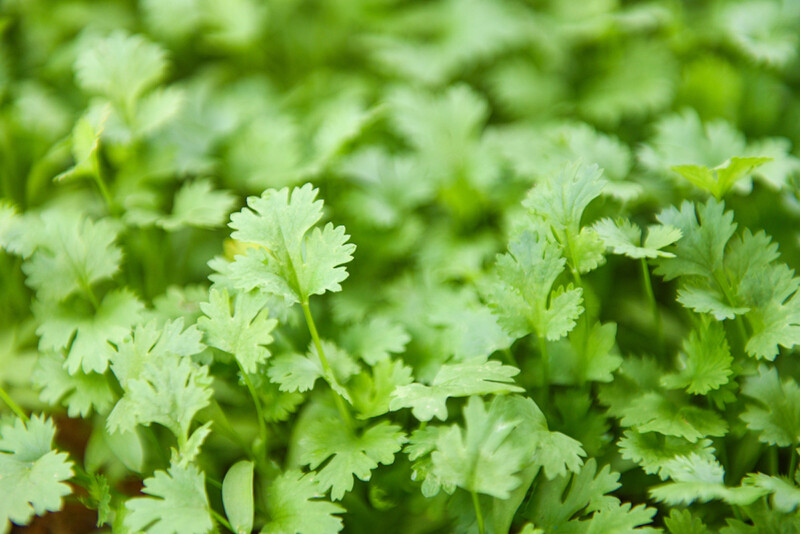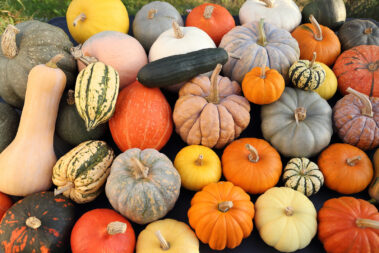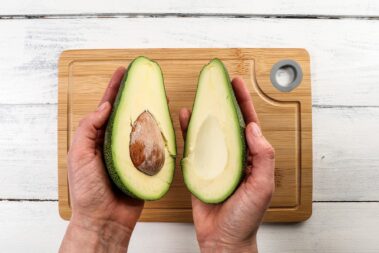One of the most common questions I get in terms of saving harvested produce is how to keep cilantro so it lasts more than a week or two.
There are a few different ways to preserve this fragile herb, but freezing it is by far the easiest and most common. Keep reading to find out how to freeze cilantro (spoiler: there’s more than one way!) and how to use your frozen cilantro. We’ll also look at some alternative methods to preserving your cilantro harvest for the coming winter.
Table of Contents
Three Easy Ways to Freeze Cilantro
The key to freezing delicate herbs like cilantro (and the closely related parsley) is to protect them from oxygen. Because this herb is so fragile, any freezer burn is likely to ruin the texture and flavor.
Here are three methods for freezing cilantro that produce flavorful, vibrant results without much work.
1. Vacuum Sealed Bags
Because oxygen is the enemy of frozen cilantro, vacuum sealing is the best way to assure they stay safe from the damaging effects of freezer burn. To use this method, you will need a vacuum sealer and the special baggies used with the device.
Clip sprigs to your desired length, keeping in mind that longer pieces will likely need to be chopped up before being added to recipes. Bunch the sprigs together and place them in the vacuum bag then remove the air and seal. Make sure to write the freezing date on the bags, then place them in your freezer.
Sealing in small batches is necessary to avoid having to re-vacuum and seal unused sprigs later on.
2. Ice Cube Trays
Another great way for freezing cilantro to avoid freezer burn is to use ice cube trays. The benefit of this method is that it utilizes pre-chopped cilantro, which means less work when you go to use them in your recipe.
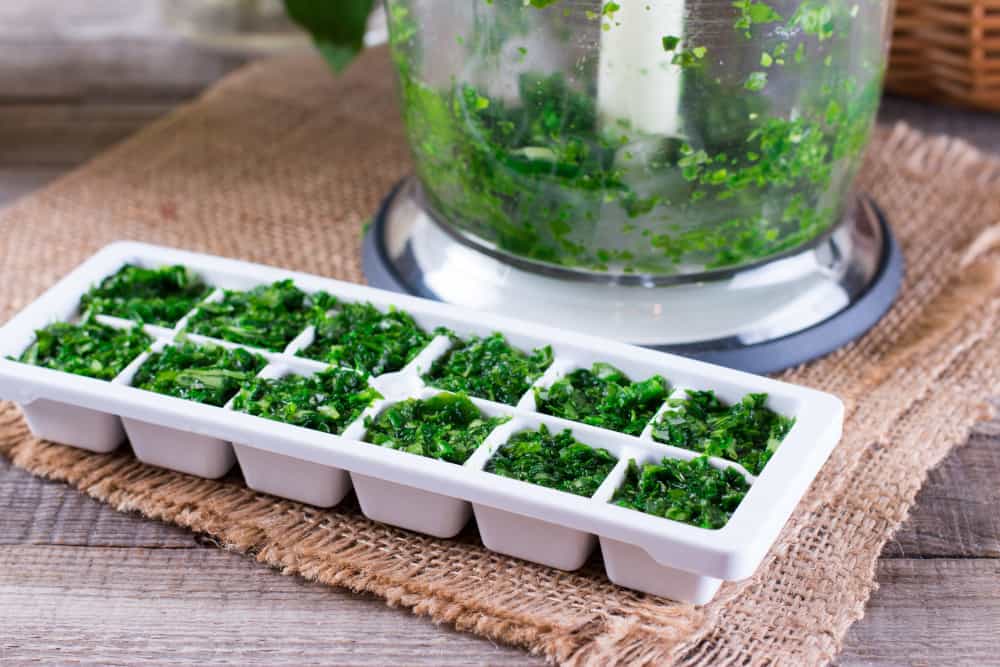
Finely chop your cilantro or throw it into a food processor. Pack each cell of an ice cube tray until full. Add just enough water or olive oil to each cell to cover the cilantro. Water and oil act as a barrier against oxygen to protect the tender leaves from damage.
Put the ice cube tray in the freezer for about a day, then pop the cubes out into a baggy. Label your baggy with the date, then place the cubes back in the freezer.
The standard ice cube tray cell size is about equal to one tablespoon, which makes adding this frozen cilantro to your recipes a cinch.
3. Ziplock Bags
This last method is by far the simplest, but will not keep your frozen cilantro as fresh for as long.
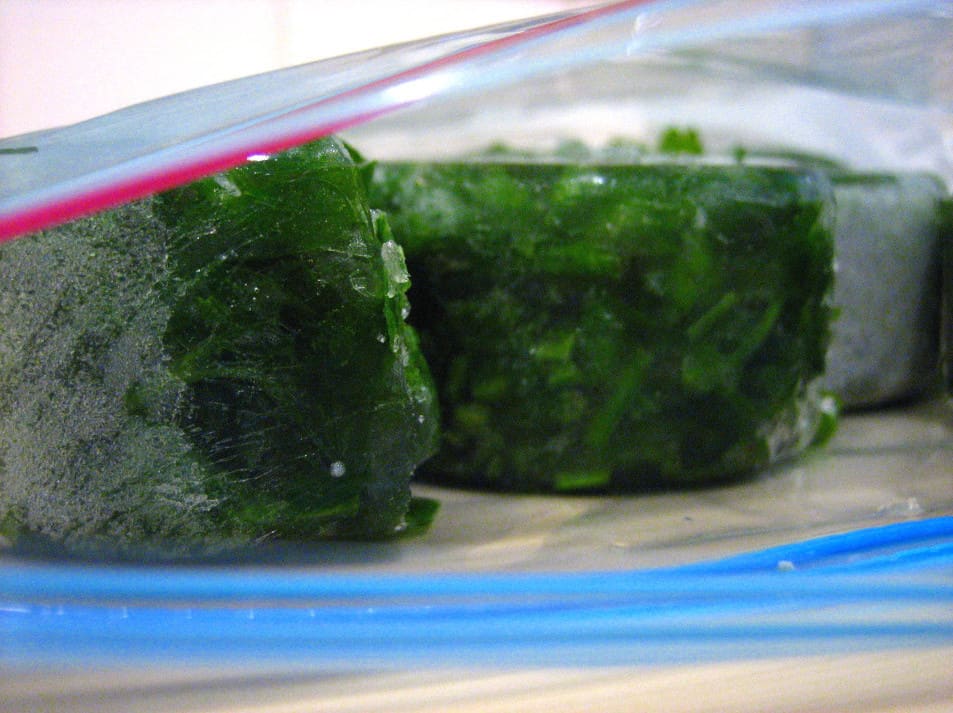
For this method, simply cut your cilantro into sprigs of your desired length, bunch them together, then place them in a sandwich bag. Make sure to remove as much air as possible before you seal it, then roll the bag up around the cilantro and secure it with a rubber band or a piece of tape. This will help to further keep air away from the springs. Label each baggy and place them in the freezer for future use.
One additional step you can take to protect your bagged cilantro from oxygen is to drizzle a little bit of olive oil in the bag after you place the sprigs inside. Gently massage the cilantro through the bag to coat the sprigs completely. Then seal the bags and roll them up as explained above.
How Long Does Frozen Cilantro Last?
You will get the best flavor from your frozen cilantro if you use it within six months. However, using a vacuumed sealed bag or the ice cube method should keep it fresh for even longer than that.
How To Use Frozen Cilantro
Fresh cilantro is almost always used as a “finishing herb,” meaning that it is rarely ever added to the recipe during the cooking process. Instead, it is mixed in right before the dish is served or sprinkled on top as a garnish. This is because cilantro has a very delicate flavor that is neutralized with heat.
Because you don’t want to cook or over-heat cilantro, it is best to thaw your frozen cilantro before adding it to the recipe. Frozen sprigs will thaw fast, so placing them on the counter when you start the cooking process should be more than enough. Frozen cubes may take a little longer to defrost. Placing them in the fridge a few hours before they are needed should suffice.
Because thawed cilantro doesn’t have the same texture as fresh, it is best used mixed in with other ingredients rather than being added on top of the dish. Adding the cilantro as soon as the food is removed from heat will help warm the herb without altering the flavor.
Here are some great recipes for using up your frozen cilantro:
- Mexican Street Corn Burger – Perfect for pre-chopped thawed cilantro. Simply use it in place of fresh cilantro as the recipe dictates.
- Jackfruit Tacos – While you can’t use thawed cilantro as a topper like this recipe calls for, you can mix thawed cilantro in with the avocado lime sauce and get the same blast of flavor in the end.
- Zesty Black Bean and Tomato Quinoa – Another tasty recipe where you can easily replace fresh cilantro with thawed.
- Slow Cooker Chili – Chilis and soups are great options for using thawed cilantro. Wait until the dish is done cooking, then add the thawed cilantro and mix well. You won’t get the same festive look on the finished dish as you would using fresh cilantro to garnish, but you’ll still get the same great taste.
How Do You Preserve Cilantro without Freezing It?
Looking for another way to preserve your cilantro harvest? There are a few more options that don’t involve freezing, but each comes with its own pros and cons.
Drying Cilantro
Just like parsley, cilantro can be dried to use as a spice. While this method does yield preserved cilantro that will last for a long, long time, you sacrifice much of the herb’s flavor by drying it.

Traditional drying can be done in a dehydrator set at about 110 degrees for one to three hours. If you have the means, freeze-drying is an even better option and will retain much more of the herb’s flavor.
Using an Herb Keeper
Herb keepers won’t preserve your cilantro for months, but they can extend how long cilantro will stay fresh by weeks. But most importantly, using an herb keeper means you can still garnish dishes with fresh cilantro instead of settling for just adding the flavor to your meals.
Herb keepers preserve delicate greens by providing water and just the right amount of humidity to keep the sprigs alive. But not all these products are the same. Check out our reviews of the best herb keepers to find the best option for you.
Growing a Kitchen Herb Garden
Ok, so this last one isn’t so much a method for preserving cilantro as it is a way to keep fresh cilantro at your fingertips all year long.
Growing a kitchen herb garden is fun, easy, and beneficial for your health and wallet. And growing cilantro inside is super simple. All you need is a pot with good drainage and a catch tray and a bright sunny windowsill. You can even start your indoor garden using cuttings from your outdoor cilantro plant. Just cut a sprig below the node and set it in water until roots develop, then transfer to a pot with soil.
- How to Pick the Perfect Watermelon For a Sweet Summer Treat - April 10, 2024
- Future Kind’s Foundations: A Multivitamin Made for Vegans - December 5, 2023
- Does Nutritional Yeast Go Bad? - November 28, 2023

